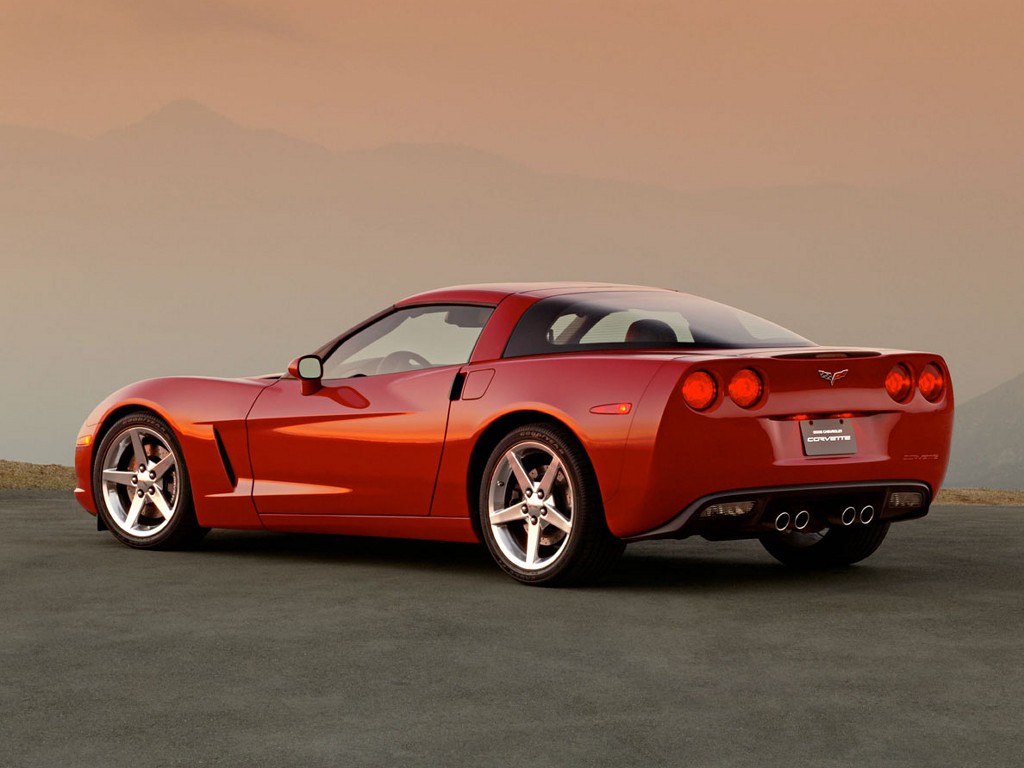The Chevrolet Corvette is a sports car by the Chevrolet division of General Motors that has been produced in six generations. The first model, a convertible, was designed by Harley Earl and introduced at the GM Motorama in 1953 as a concept show car. Myron Scott is credited for naming the car after the type of small, maneuverable warship called corvette. Originally built in Flint, Michigan and St. Louis, Missouri, the Corvette is currently built in Bowling Green, Kentucky and is the official sports car of the Commonwealth of Kentucky. The National Corvette Museum documents the car's worldwide history and hosts the annual event.
The first generation Corvette was introduced late in the 1953 model year and ended in 1962. Often referred to as the "solid-axle" models because the independent rear suspension did not debut until the 1963 Sting Ray. 300 hand-built polo white Corvette convertibles were produced for the 1953 model year. The 1955 model offered the 265 cu in (4.34 L) V8 engine as an option; however, the first seven off the production line featured the standard "Blue Flame" Inline-6. The origin of the Chevrolet Nomad was a two-door wagon concept car built off a 1954 Corvette.
A new body was introduced for the 1956 model featuring a new "face" and side coves; the taillamp fins were gone. An optional fuel injection system was made available in the middle of the 1957 model year. It was one of the first mass-produced engines in history to reach 1 bhp (0.75 kW) per cubic inch (16.4 Cubic cm) and Chevrolet's advertising agency used a "one hp per cubic inch" slogan for advertising the 283 bhp (211 kW) 283 cu in (4.64 L) Small-Block engine. Other options included power windows (1956), hydraulically operated power convertible top (1956), four speed manual transmission (late 1957), and heavy duty brakes and suspension (1957).
The 1958 Corvette received a body and interior freshening including a longer front end with quad headlamps, bumper exiting exhaust tips, a new steering wheel and dashboard with all gauges mounted directly in front of the driver. Exclusive to the 1958 model were hood louvers and twin trunk spars. The 1959–60 model years had few changes except a decreased amount of body chrome and more powerful engine offerings.
For 1961, a complete redesign was made to the rear of the car; a "duck tail" with four round lights. The light treatment would continue for all following model year Corvettes. In 1962, the Chevrolet 283 cu in (4.64 L) Small-Block was enlarged to 327 cu in (5.36 L) and produced a maximum of 340 bhp (250 kW) making it the fastest of the C1 generation. 1962 was the last year for the wrap around windshield, solid rear axle, and convertible-only body style. The trunk lid and exposed headlamps did not reappear for many decades.






No comments:
Post a Comment